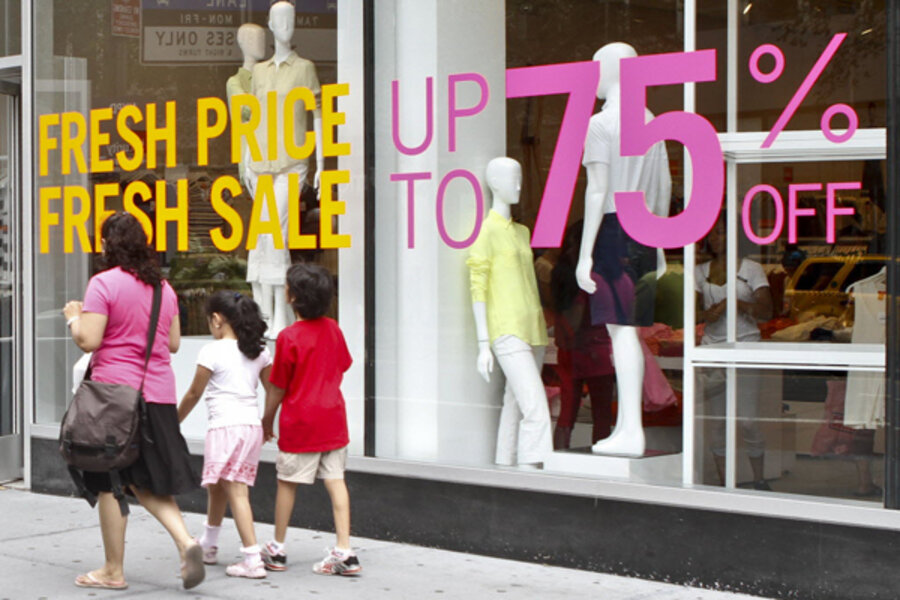Is American spending bouncing back? Retail business up in July
Loading...
| Washington
Americans boosted their spending at retail businesses in July by the largest amount in five months, a surge that could help lift the economy out from its slump.
Retail sales rose 0.8 percent in July from June, the Commerce Department reported Tuesday. It was the largest increase since February and followed three months of declines, including a 0.7 percent drop in sales in June.
All major categories rose. Auto purchases increased 0.8 percent. Consumers also boosted their spending on furniture, electronics, building materials and sporting goods.
Financial markets opened higher. The Dow Jones industrial average was up 21 points to 13,190 in the first hour of trading. Broader indexes also rose.
The economy has shown some modest improvement in July. Employers added 163,000 jobs, the best month for job growth since February. Stock indexes are near their highs for the year. And consumer confidence rose for the first time in five months.
"Lower gas prices, a nice rally in stocks and stronger job growth ... helped boost consumer spending," said Jennifer Lee, senior economist at BMO Capital Markets. She said the gain represented a good start for the July-September quarter but further improvement in employment would be needed to ensure further gains in consumer spending.
A better outlook for the economy could make the Federal Reserve hesitant to take further action to boost growth when it meets in September.
Still, the overall economy remains weak. It grew at an annual rate of 1.5 percent from April through June. That's not enough to lower the unemployment rate, which ticked up in July to 8.3 percent.
Inflation remains mild, which gives the Fed more leeway to act. The Labor Department said in a separate report that wholesale prices increased 0.3 percent in July from June. Lower energy prices offset sharp gains in the costs of food, cars and light trucks.
Wholesale prices increased only 0.5 percent in the 12 months that ended in July. That's the lowest since October 2009. Excluding food and energy costs, prices increased 2.5 percent in the 12 months that ended in July, the smallest year-over-year gain since June 2011.
Separately, Home Depot Inc., the world's biggest home-improvement retailer, reported better sales in the U.S. for the second quarter. Demand for its mainstay home-improvement products helped lift its net income by 12 percent.
The retail sales report is the government's first look each month at consumer spending, which drives roughly 70 percent of economic activity.
Overall, consumer spending on goods and services grew only 1.5 percent in the April-June quarter, the slowest pace in a year.
Americans are also saving more. The savings rate -- the percentage of after-tax income that consumers don't spend -- rose to 4.4 percent in June, the highest in a year.







